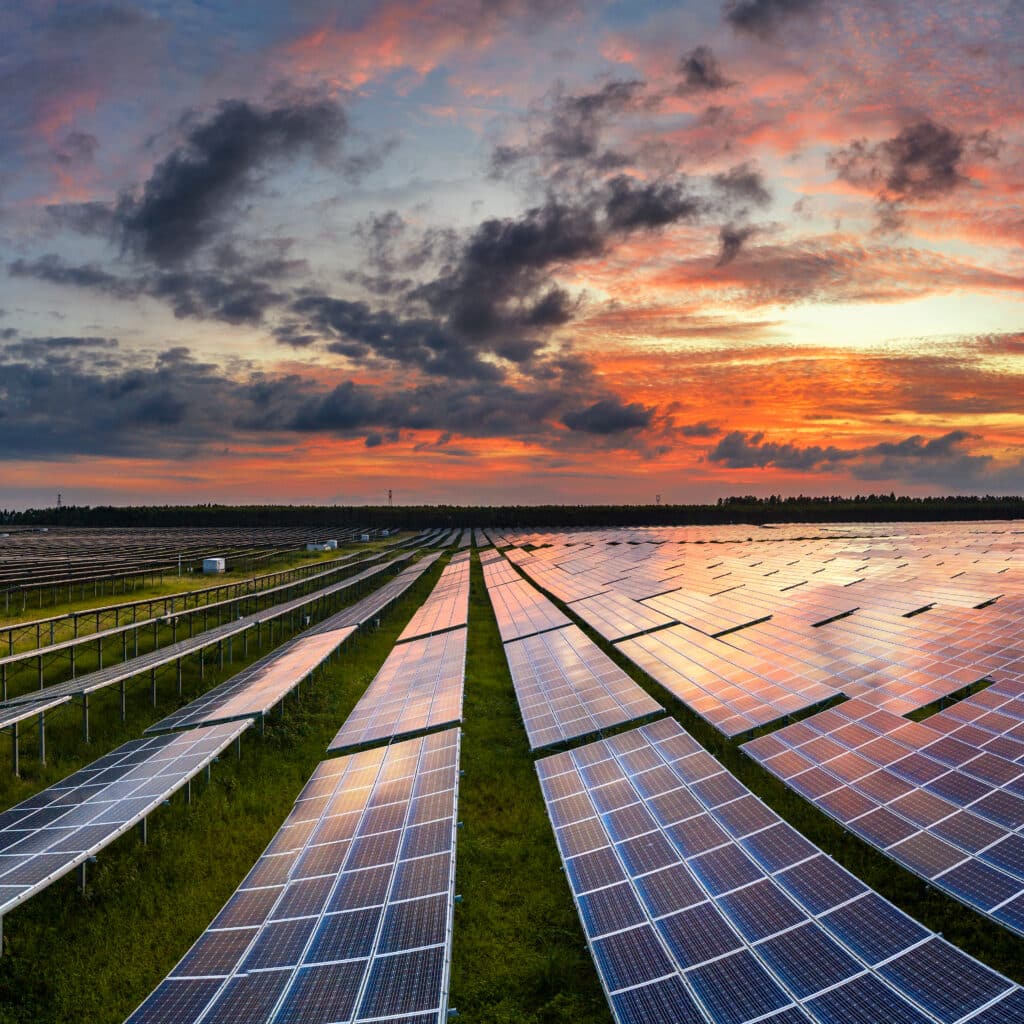Most of us are familiar with the story of the Pilgrims. In September 1620, nearly 100 people set sail from England on the Mayflower. They traveled on uncharted waters, determined to find religious freedom in the New World. Rough seas and storms impeded their journey, forcing them to change course and sail for present-day Massachusetts. After 65 arduous days navigating the unknown, they anchored at Provincetown Harbor in mid-November. Their struggle did not end there.
Fighting ensued among the travel-weary immigrants. They were once again faced with the unknown – how to establish law and order before the animosity got out of hand. They landed on what was to become known as the Mayflower Compact – the first document to establish self-government in the New World.
Over the ensuing months, the settlers lived primarily on the Mayflower and ferried back and forth to build their new storage and living quarters on land. Sadly, once their settlement was established, more than half died during that first winter, a direct result of poor nutrition and inadequate housing.
With the assistance of Tisquantum, or Squanto, an English-speaking Native American, the Pilgrims’ luck turned. He helped them navigate several other unknowns – how to converse with their new native neighbors, plant and harvest corn and pumpkin and where to fish and hunt beaver. In the fall of 1621, this new knowledge, coupled with the generosity of the Pokanoket tribe, gave rise to what is now considered the basis for the first Thanksgiving.
So, how do the Pilgrim’s experiences relate to the ever-expanding field of renewable energy?
Just as the Pilgrims set sail into the great unknown, so have those that have and continue to pioneer renewable energy. As far back as the 1800s, scientists and engineers feared that civilization would exhaust the world’s supply of fossil fuels, prompting the search for a better, renewable source. In 1873 Professor Augustin Mouchot wrote:
“The time will arrive when the industry of Europe will cease to find those natural resources, so necessary for it. Petroleum springs and coal mines are not inexhaustible but are rapidly diminishing in many places. Will man, then, return to the power of water and wind? Or will he emigrate where the most powerful source of heat sends its rays to all? History will show what will come.”
Since that time, innovators have continued to wade into uncharted waters, discovering new means of harnessing renewable resources, especially solar energy. According to the U.S. Department of Energy, “solar generation is projected to climb from 7% of total U.S. renewable generation in 2015 to roughly 36% by 2050, making it the fastest-growing electricity source.”
A prime example of this growth is the Halifax Solar Array, a 20MW solar electrical power facility located on a 220-acre site outside Roanoke Rapids, NC. As the Array’s MEP consultant, this was our first venture into a project of this type. By working closely with the development and ownership team, we waded into the unknown to successfully design an economical and efficient PV system that met the requirements of the utility’s power purchase agreement and 4-year ROI.
We accomplished this by:
- Conducting a study of Article 690 of the National Electrical Code which governs photovoltaic (PV) systems — a section of code we had never encountered prior to this project.
- Communicating regularly with the PV panel manufacturer, inverter manufacturer, and the racking manufacturer. We drew upon their knowledge to increase our own as this project was entirely new to us.
- Conducting a literature survey of the PV industry to identify a number of thought leaders to discuss design methodology, best practices and lessons learned.
- Traveling to existing PV arrays located across NC to inspect them in person – an invaluable lesson as it provided us with insight on how a finished system came together, how it functioned and what was required to maintain it.
- Receiving detailed instruction on the economics behind the array and the financing methods used to fund its construction. While easier to construct than multi-family, senior living and hospitality projects are, the effort necessary to obtaining funding and negotiating power purchase agreements is far greater.
- Navigating opposition to the project using innovative negotiating tactics.
Whether traveling to a new world in search of religious tolerance or developing new means of fulfilling mankind’s energy demands, navigating uncharted waters is challenging at best. As we approach this holiday season, we extend our heartfelt thanks to those individuals who not only confronted the challenges of forming a new country but also to those pioneers whose work in renewable energy has and will help sustain that same country for centuries to come.



